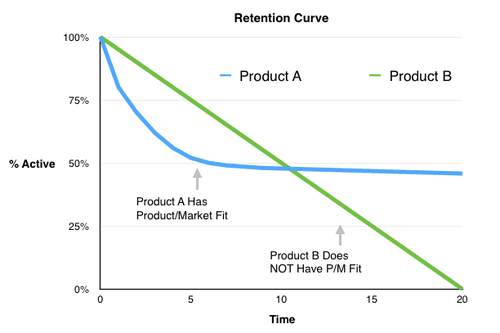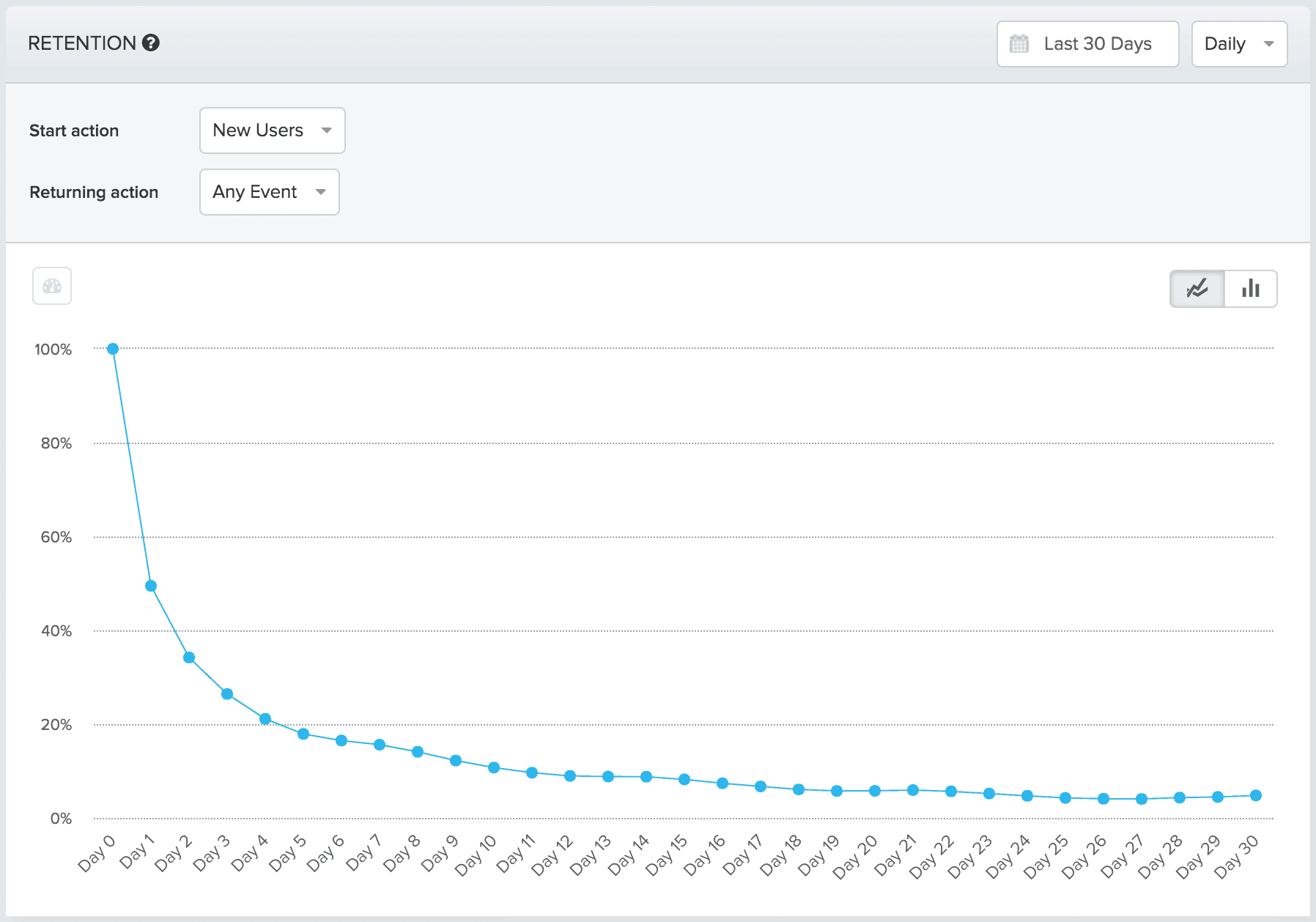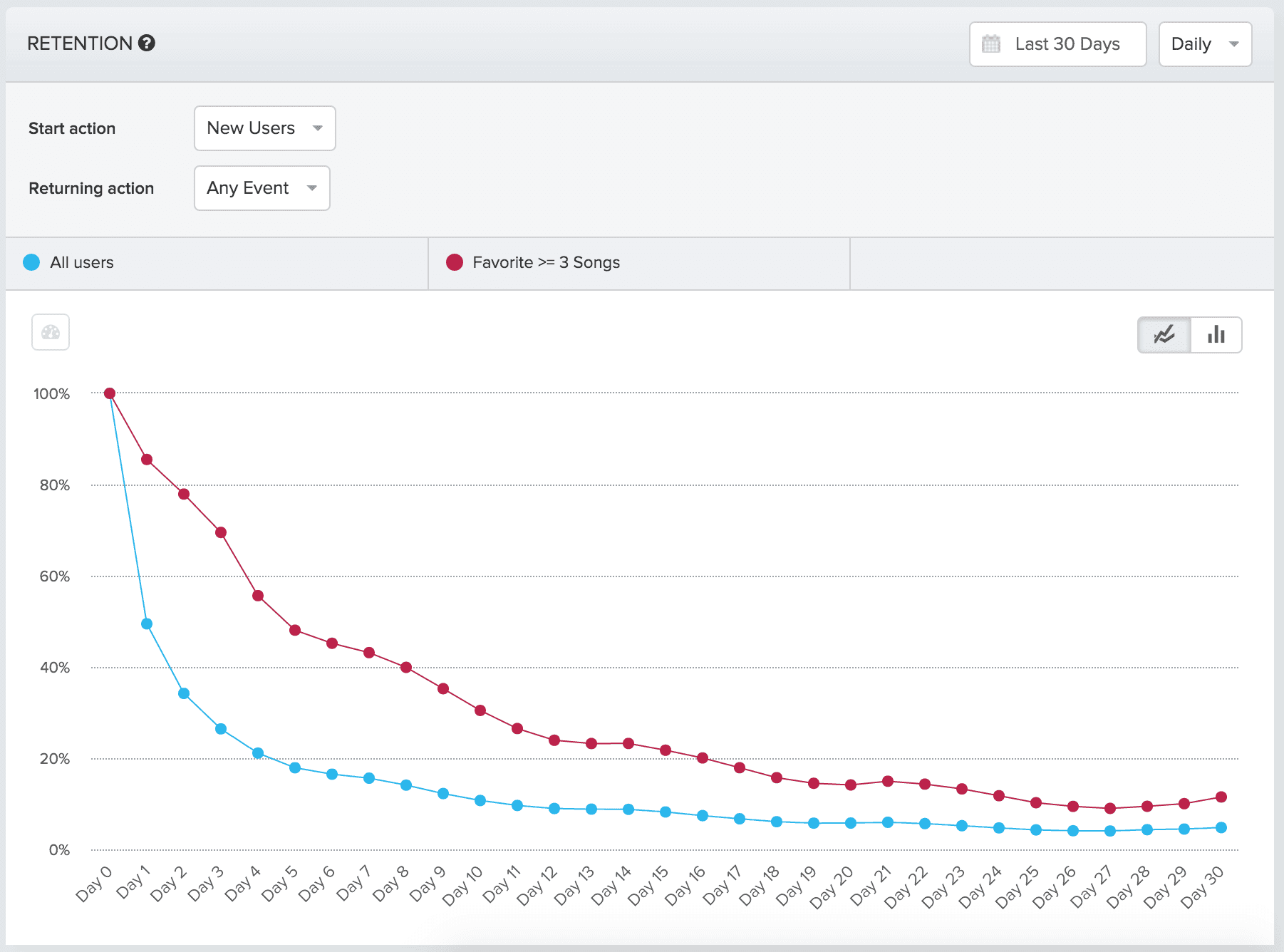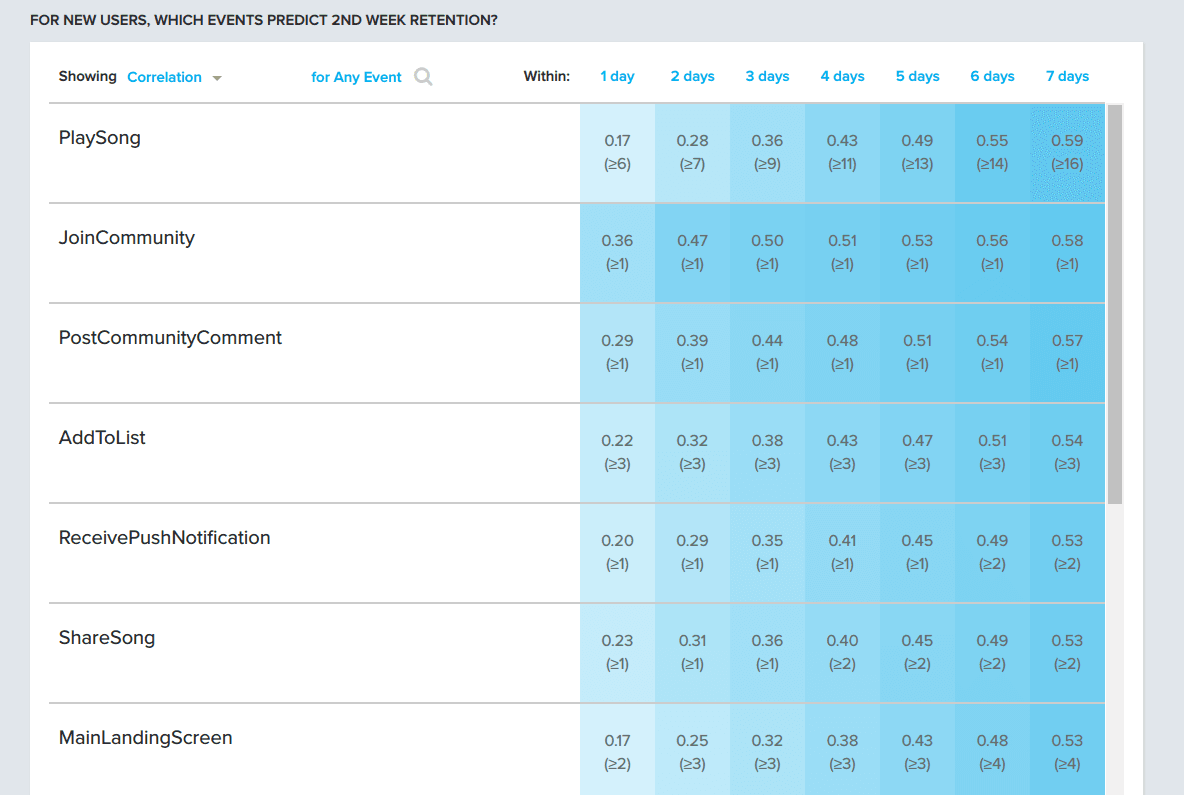When Should You Start Thinking About Retention?
It's a common misconception that retention only matters after your company has hit a certain stage of growth.
_This article is an excerpt from the first volume of The Product Analytics Playbook: Mastering Retention. Retention is the one metric that matters for sustainable growth. The Playbook is a comprehensive guide to understanding user retention that provides a novel framework for analyzing retention at every stage of the user journey.
When should you start thinking about retention?
A common misconception about retention is that it only matters after your company is past a certain stage of growth. That’s not true.
Once you have some amount of users coming back to your product on a regular basis, you have enough information to begin optimizing for retention.
The way that you approach your retention may change over time as you grow; what won’t change is the fact that only companies that constantly improve their retention rates can win.
Let’s look at how retention analysis can benefit companies at all stages of growth.
Stage 1: Before Product-Market Fit
First, you need to assess whether you’re ready to start optimizing your retention. Plot a curve showing your percentage of daily active users over time, where Day 0 is the day they start using your product. Retention can actually indicate if you have a product-market fit problem; if you find that your retention curve doesn’t stabilize but instead trends towards the x-axis, you need to work on product-market fit. (Source: Coelevate)

In the graph above, Product A has achieved product-market fit. Its retention drops off initially but stabilizes at roughly 50% active users.
Product B’s retention, on the other hand, trends straight to zero and never levels off, which means there isn’t really an audience that regularly uses this product; Product B has not achieved product-market fit.
When you don’t have product-market fit, every new cohort of users dwindles in number until they’ve all churned. Investing money into acquisition may allow your DAU to stay relatively stable over time, but it won’t grow, and in the long run you will simply exhaust your market unless you can figure out a way to keep users coming back.
All you need to start optimizing your retention is a base of users, no matter how small. In the fake graph above, Product A’s retention levels out at 50%—that’s incredibly high! Starting out, your retention rate will probably be much lower, like in the graph below: Even if you only have a baseline retention of 10%, once you have a steady base of users to work with, you’re ready to start optimizing your retention.

Stage 2: Understanding Your Early Users
How do you think about retention when you don’t have many users? At the early product development stage, you should be thinking about what retention ultimately boils down to—why any user would get hooked on your product.
Ask yourself if your technology is, as Nir Eyal puts it, “manufacturing desire.” Building a _habit-forming product_ is the crux of retaining users long term.
Track retention by behavioral cohort, looking for the particular actions that encourage people to stick around: Looking at this music app’s retention curve above, the cohort of users who ‘favorited 3 or more songs’ is coming back to the app at a far greater rate than your average user. This is the kind of data point that will help you form hypotheses, run experiments, and prove or disprove your conclusions about why people might get hooked on your app.

Stage 3: Maintaining Your Growth
Once you have your early users, it’s time to start optimizing retention. First, test out and resolve factors affecting app performance and clean up bugs—users have little patience for apps that crash all the time. Even players of the super popular Pokemon GO game are getting frustrated with the app’s crashes and bugs. (Source: Down Detector)

Then start understanding what value your users are getting out of your product. Look at the stickiness of your different features to get an understanding of what your power users are doing, then nudge your user base to behave more like them. You need to get your retention to a healthy baseline _before _you start spending too much on user acquisition.
Stage 4: Iterating On Product
Diagnosing and improving your retention should be an ongoing process, at all stages of growth. As you iterate on your product experience—in order to develop a more habit-forming, sticky product—you have to measure retention in tandem. With Amplitude’s Compass feature, you can get a bird’s eye view of how each feature in your app is affecting user retention. Set a time-frame, pick your actions, and you can see patterns of behavior that correlate highly with retention: You may have hypotheses as to why some users churn and others retain, but you have to continuously iterate on and assess your retention metrics to understand how users respond to your product.

So, When Should You Start Thinking About Retention? Answer: Always.
Making retention the central focus of your business’s growth may sound daunting, but it doesn’t need to be. Often, what you need to do is simply reassess where you’re throwing your weight. If you’re spending time and money on user acquisition but don’t have product-market fit, then you’re wasting your time. “It’s easier to expand userwise than satisfactionwise,” as Paul Graham has said. If you do have product-market fit, then retention analysis will help you identify just where you are in the many stages of building a great product—and what you need to do to make it even better. The effort you put into retention isn’t nice-to-have or preventative. It’s not something that only big companies do. Retention is growth itself.
Missed our earlier Retention Playbook posts? Check them out here:

Archana Madhavan
Senior Learning Experience Designer, Amplitude
Archana is a Senior Learning Experience Designer on the Customer Education team at Amplitude. She develops educational content and courses to help Amplitude users better analyze their customer data to build better products.
More from Archana




